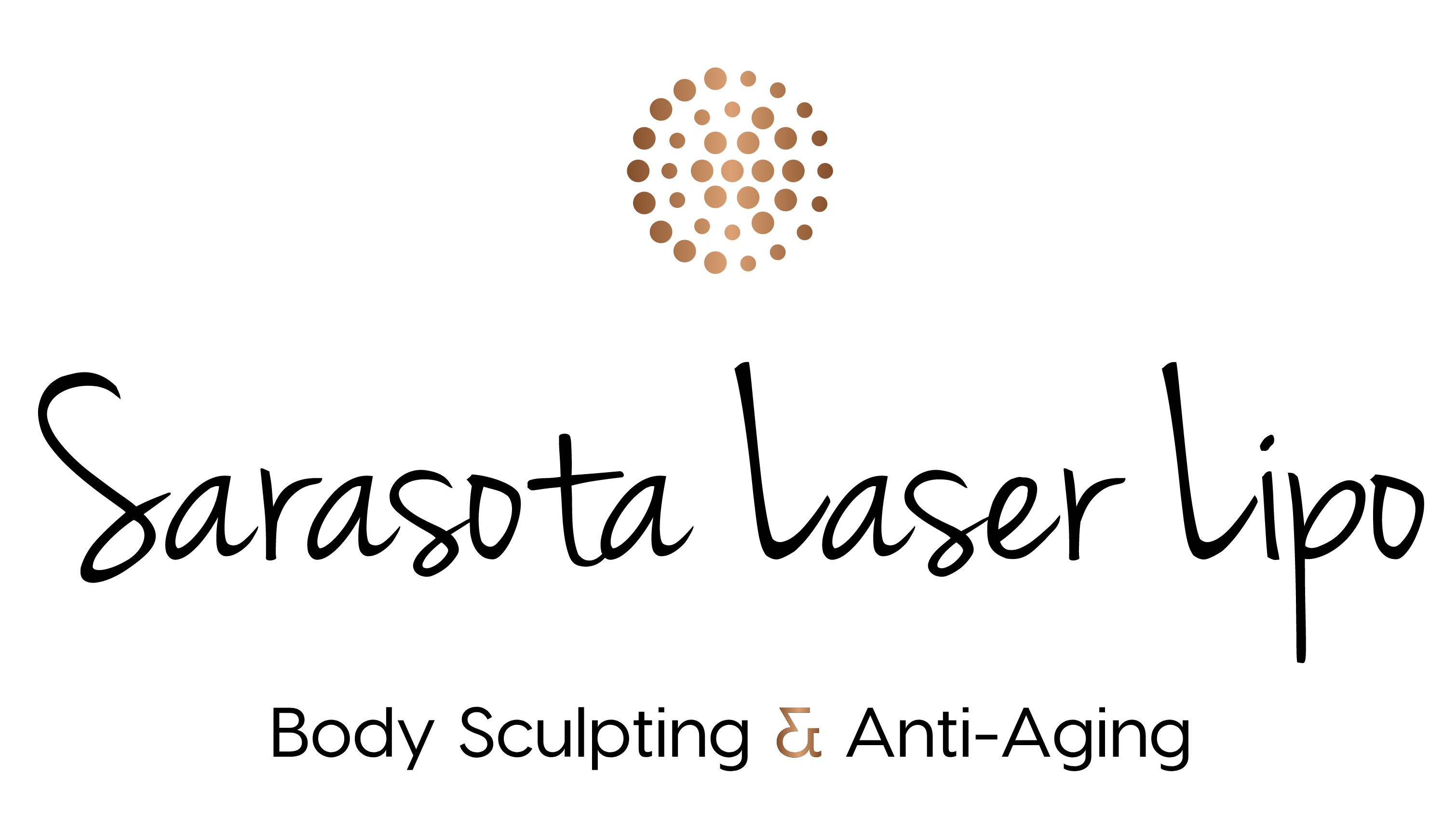
Modern treatments for treating sleep disturbances such as insomnia end up causing more harm than benefit. However, most people continue to spend their money seeking solutions for quality sleep. For them, red light therapy has emerged as a promising avenue for sleep quality.
What Is Red Light Therapy?
Red light therapy is a treatment that uses low red light wavelengths. There is a lot of research conducted to prove the effectiveness of this treatment for improving sleep quality. Redlight proves to have a positive effect on sleep.
Importance of Sleep
Experts claim that sleep plays a significant role in many health problems. Severe deprivation of sleep has a link to the following health issues:
- Premature aging.
- Obesity.
- Weak immunity.
- Heart disease.
- High blood pressure.
- Poor academic or work performance.
- Mental health problems, such as anxiety, bipolar disorder, and depression.
- Concentration problems.
Poor quality sleep promotes low productivity and alertness.
Adults need to sleep for seven to nine hours per night to function well and remain healthy. However, 35.5 percent of adults in the United States get less than seven hours of quality sleep each night. Teenagers need more rest—from nine to nine-and-a-half hours—to aid their cognitive development. However, up to 75 percent of them sleep for less than eight hours each night.
What Affects Your Sleep
Many factors affect sleep quality. These are the common ones:
Lack of Exercise
Exercising releases endorphins to help you sleep well and impact your mood positively. Working out maintains a healthy weight to avoid sleep disorders, such as apnea or insomnia.
Excessive Intake of Caffeine
Caffeine can stay in your system for three to five hours, making consuming it before sleep a recipe for disaster.
Distress
Your body releases adrenaline and cortisol when you become stressed. When you have so much strain, your brain may take a longer time to relax so you can sleep well.
Sleep Hygiene
Having poor sleep hygiene refers to practices like getting to bed late, sleeping on the sofa, or scrolling your phone in bed. The appropriate sleep hygiene includes sleeping early and sleeping in a dark and quiet room.
How Light Affects Sleep
Human beings have an internal clock called the circadian rhythm that runs for 24 hours to determine your sleeping and waking cycle. It is responsible for many of your biological responses, like the number of hours you sleep and when you start feeling sleepy in the evening.
The pineal gland deep inside the center of your brain controls your circadian rhythm. The gland connects to light as it secretes the melatonin hormone, which causes sleepiness. Light dictates this function.
Your retina has photoreceptors that absorb light during the day. They send messages to your pineal gland to suppress the secretion of melatonin. When sunlight goes down in the evening, the secretion of melatonin increases, and your body gets ready to sleep.
Red Light Therapy and Sleep
Red light therapy works with melatonin to regulate your circadian rhythm and sleep.
A 2012 study was conducted on female athletes to evaluate the effect of red light therapy. The women went through 14 days of exposure to red light for 30 minutes every day. At the end of the study, the researchers found an increase in melatonin production and sleep quality among the athletes.
For more on red light therapy for sleep, call Sarasota Laser Lipo at 941-241-0500 to reach our office in Sarasota, Florida.



